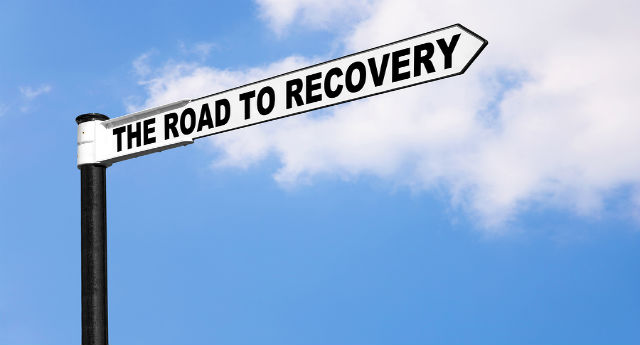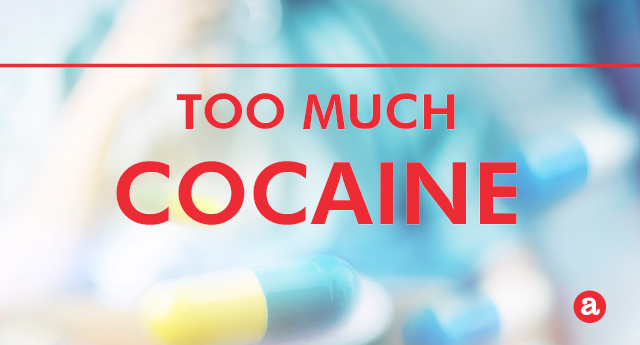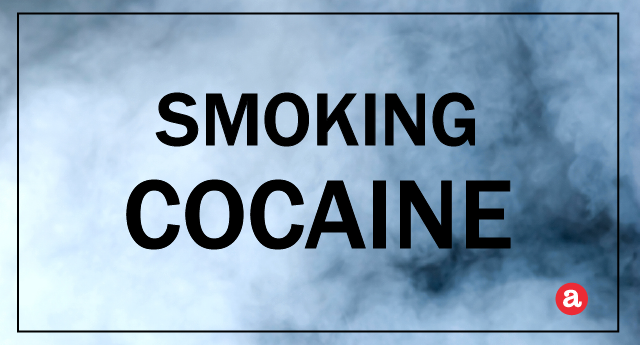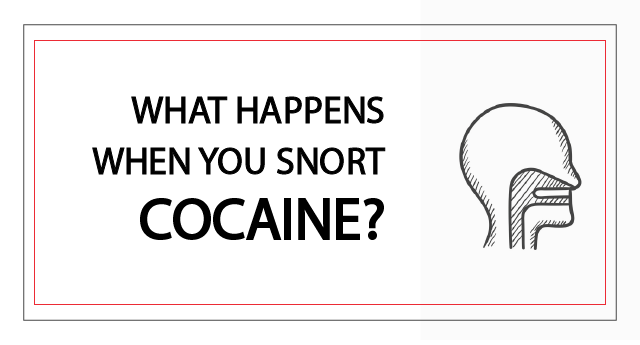Common cocaine additives include baking soda, boric acid, caffeine, creatine, laundry detergent, laxatives, or local ane ...


Comprehensive guide to illicit drug use, abuse, and addiction. Scientific guides to the most used and dangerous drug people use today.
What is really cocaine and how is it made? We explain here, plus signs of cocaine OD:

Common cocaine additives include baking soda, boric acid, caffeine, creatine, laundry detergent, laxatives, or local ane ...

It can be very difficult to quit cocaine, especially when you are face-to-face with cravings. But if you’re dealing wi ...

Are you ready to enter a cocaine addiction rehab? But, what can you expect during cocaine rehabilitation? Learn here. ...

The best way to stop using crack is with medical supervision. But, what can you expect during crack rehab? We review her ...

The onset of cocaine effects can be felt within 5 to 10 minutes after you take the drug. But have you ever wondered whic ...

It's hard to say what are the exact doses that cause cocaine fatalities. Read more about the effects of too much cocaine ...

How is cocaine smoked? What are the effects? Smoking cocaine causes an intense high that lasts shortly and makes users c ...

Snorting cocaine causes a euphoric rush to the head and can lead to addiction. But what are the exact dangers of abusing ...

People levels of cocaine in the blood depend on mode of adminsitration, drug concentration, and amount. More here on pea ...

How much does rehab for a cocaine problem cost? Generally, inpatient rehab will put you back an average of 20K for a 28 ...

HOW OUR HELP LINE WORKS
For those seeking addiction treatment for themselves or a loved one, the Addictionblog.org helpline is a private and
convenient solution.
Calls to any general helpline (non-facility specific 1-8XX numbers) for your visit will be answered by
American Addiction Centers (AAC).
Caring admissions consultants are standing by 24/7 to discuss your treatment options. These representatives work
solely for AAC and will discuss whether an AAC facility may be an option for you.
Our helpline is offered at no cost to you and with no obligation to enter into treatment. Neither Addictionblog.org
nor AAC receives any commission or other fee that is dependent upon which treatment provider a visitor may
ultimately choose.
For more information on AAC’s commitment to ethical marketing and treatment practices, or to learn more about how to
select a treatment provider, visit our About AAC.
If you wish to explore additional treatment options or connect with a specific rehab center, you can browse top-rated listings, visit our homepage and browse by state, or visit SAMHSA.
Comments